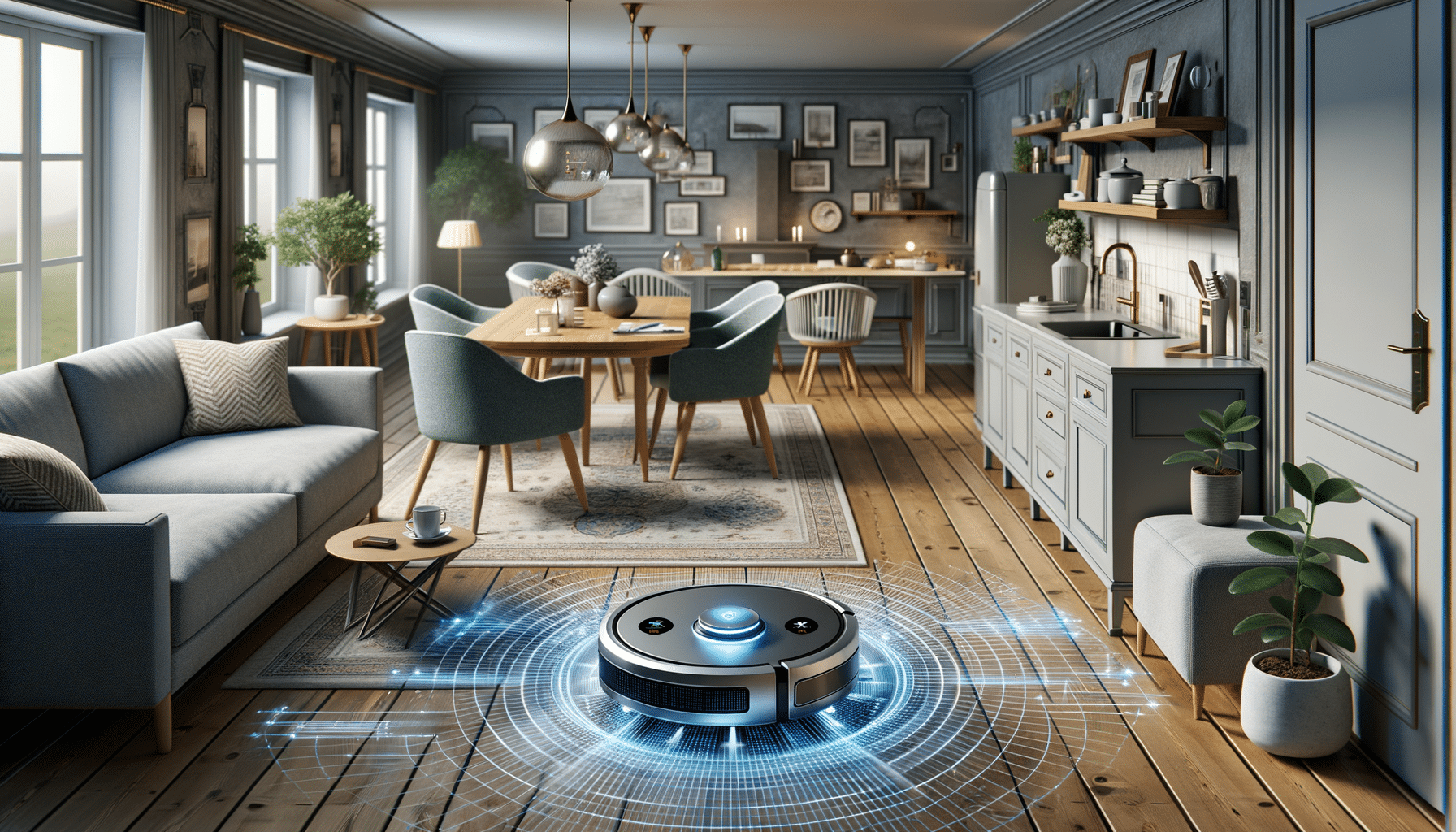
How Robot Vacuum Cleaners Navigate Your Home Without Bumping Into Everything
Introduction to Robot Vacuum Cleaners
In today’s fast-paced world, maintaining a clean home can be challenging. Robot vacuum cleaners have emerged as a popular solution, offering a hands-free approach to keeping floors tidy. These smart devices are not only convenient but also technologically advanced, employing a range of features to navigate spaces without bumping into obstacles. This article delves into how robot vacuum cleaners work, highlighting their ability to detect obstacles, create efficient cleaning paths, and adapt to various surfaces.
Advanced Sensor Technology
The backbone of a robot vacuum cleaner’s navigation system is its advanced sensor technology. These devices are equipped with a variety of sensors, including infrared, laser, and camera-based systems. Infrared sensors help the vacuum detect objects in its path by measuring the reflection of emitted light. Laser sensors, on the other hand, provide precise distance measurements, allowing the vacuum to map out the room’s dimensions accurately.
Camera-based systems offer a visual representation of the environment, enabling the vacuum to identify obstacles and navigate around them effectively. These sensors work in tandem to ensure that the robot vacuum can maneuver through complex layouts without colliding with furniture or walls. By continuously scanning the surroundings, the vacuum can adapt to changes in the environment, such as moving objects or open doors, ensuring a thorough and efficient cleaning process.
Mapping and Navigation Systems
Robot vacuum cleaners utilize sophisticated mapping and navigation systems to create efficient cleaning paths. Many models feature simultaneous localization and mapping (SLAM) technology, which allows them to build a map of the area while keeping track of their location within it. This technology ensures that the vacuum covers the entire floor space without missing spots or repeatedly cleaning the same areas.
These devices often come with smart algorithms that enable them to determine the most efficient cleaning path, optimizing the time spent cleaning. Some models can even store multiple maps, making them suitable for multi-level homes. By using these advanced systems, robot vacuum cleaners can provide a comprehensive cleaning solution, reducing the need for manual intervention and maximizing cleaning efficiency.
Adapting to Different Floor Surfaces
One of the remarkable features of robot vacuum cleaners is their ability to adapt to various floor surfaces. Whether it’s hardwood, carpet, or tile, these devices can adjust their cleaning modes to suit the surface type. Many models are equipped with sensors that detect changes in floor texture, prompting the vacuum to modify its suction power and brush settings accordingly.
This adaptability ensures that the vacuum provides optimal cleaning performance on all surfaces, effectively removing dirt, dust, and debris. Additionally, some robot vacuums come with specialized brushes designed for specific floor types, further enhancing their cleaning capabilities. By seamlessly transitioning between different surfaces, robot vacuum cleaners offer a versatile and efficient cleaning solution for any home.
Conclusion: The Future of Home Cleaning
Robot vacuum cleaners represent a significant advancement in home cleaning technology. With their ability to navigate spaces autonomously, adapt to various surfaces, and create efficient cleaning paths, these devices offer a convenient and effective solution for maintaining a clean home. As technology continues to evolve, we can expect even more sophisticated features and improvements in robot vacuum cleaners, making them an indispensable tool in modern households.
For anyone looking to save time and effort while ensuring their home remains spotless, investing in a robot vacuum cleaner is a decision that promises long-term benefits. As these devices become more accessible and affordable, they are set to revolutionize the way we approach home cleaning, providing a glimpse into a future where smart technology seamlessly integrates into our daily lives.


